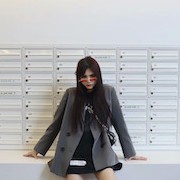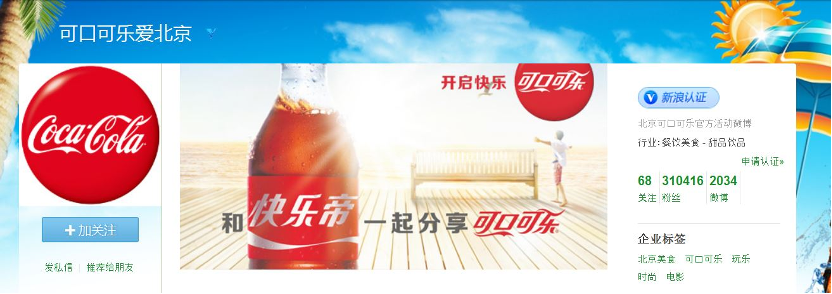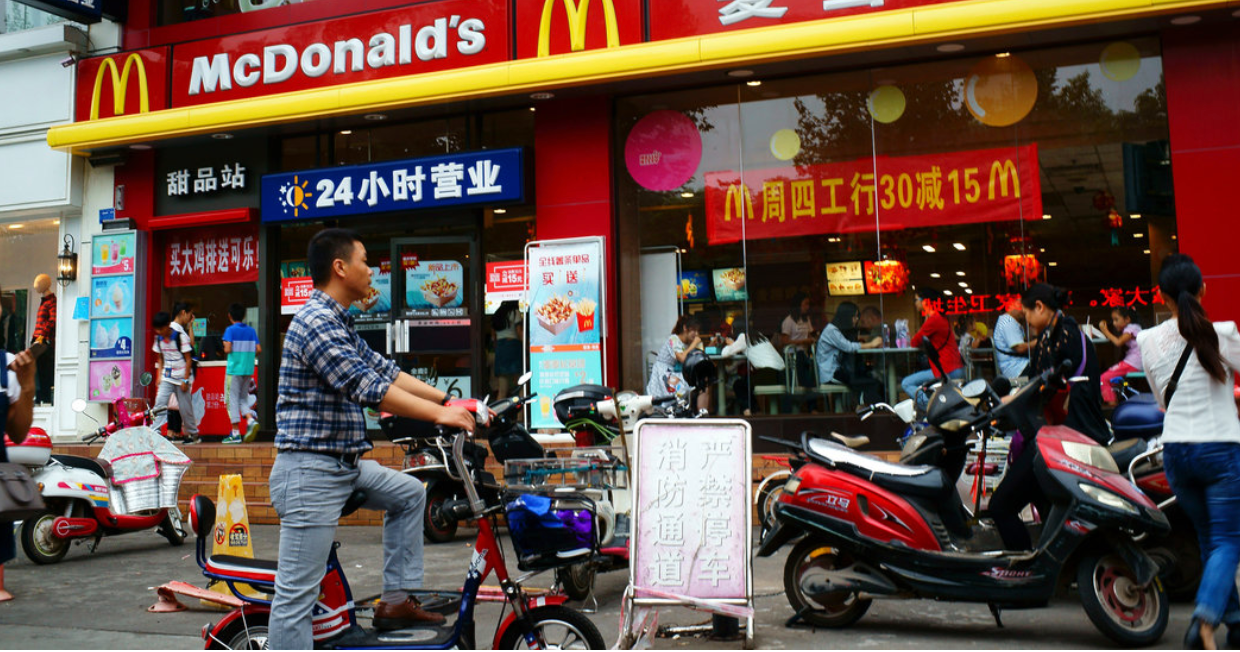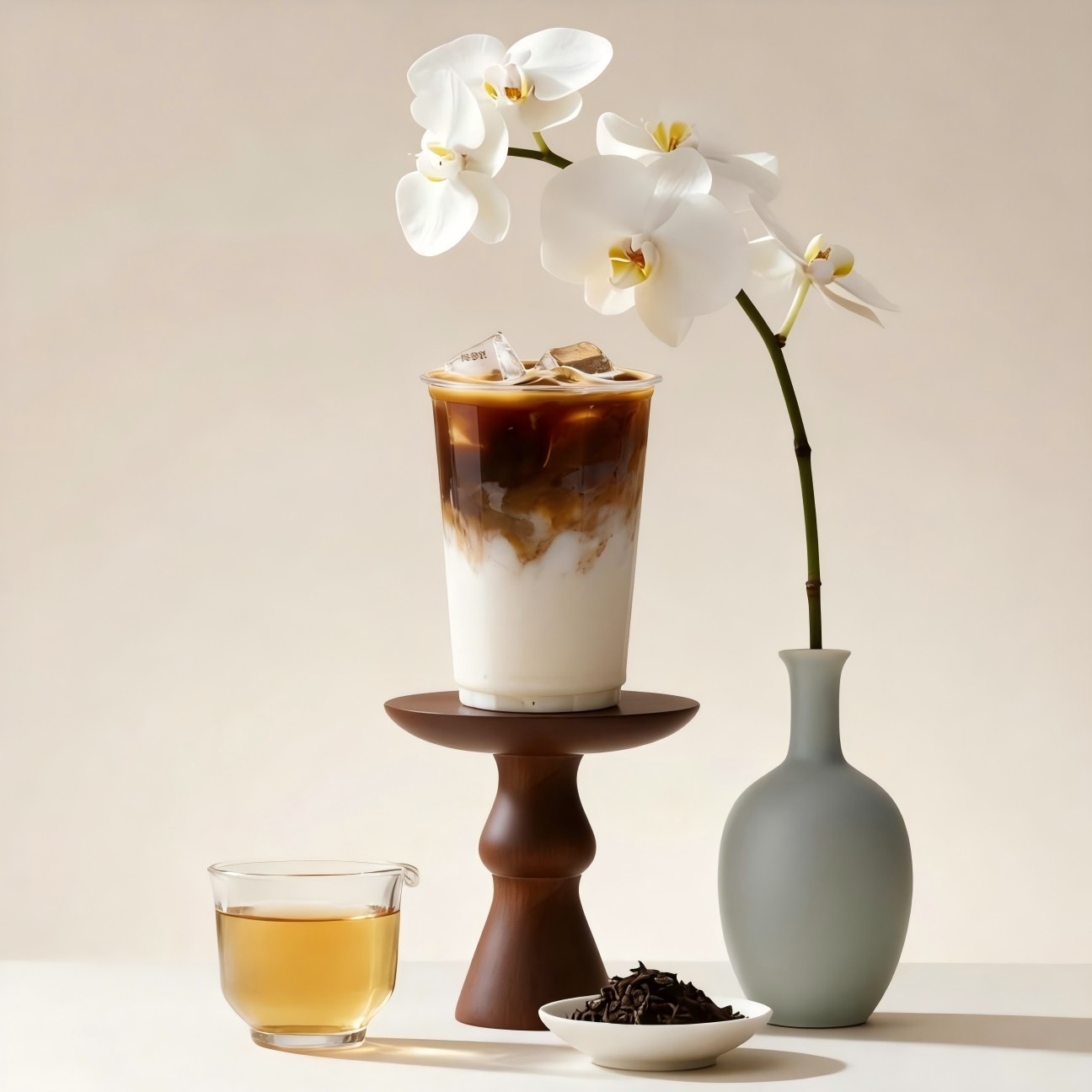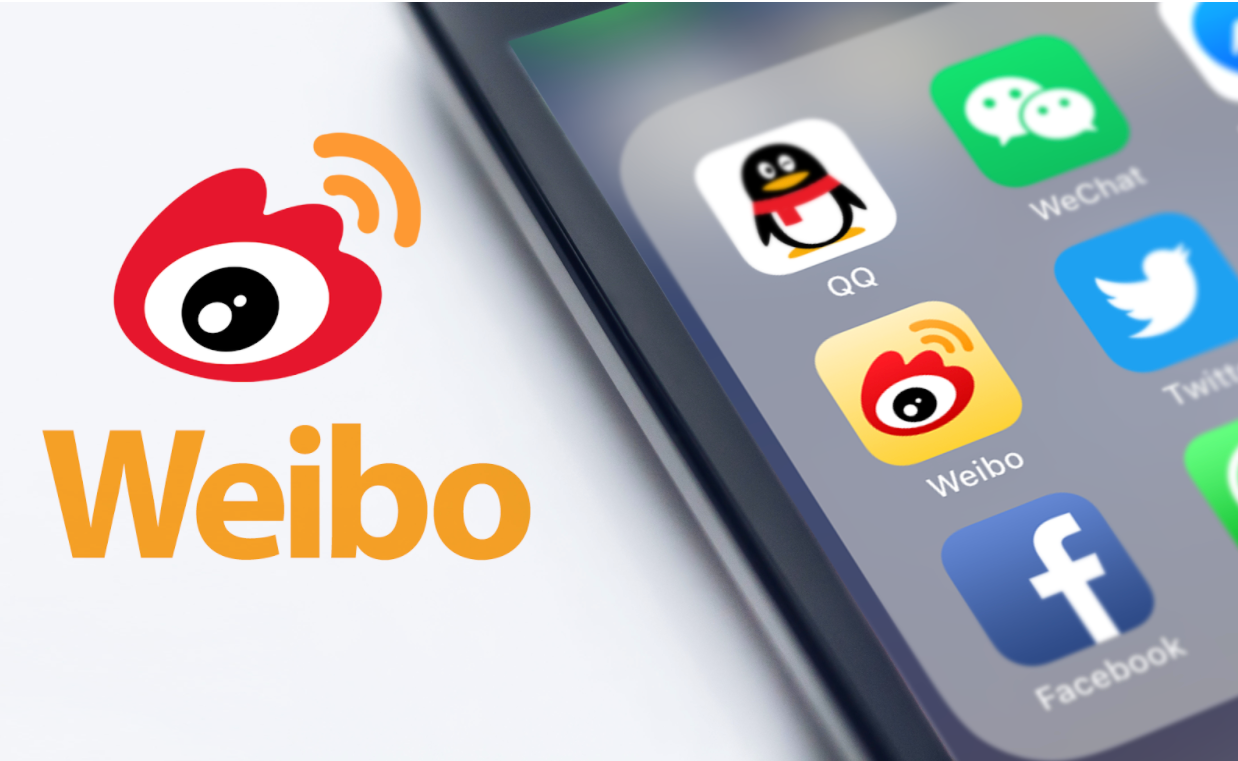
Understanding the status of your Weibo account is efficient in order to create a Weibo account that supports your business. By looking at a large number of corporate and organizational Weibo accounts, we found that Weibo accounts can be classified in order of maturity into what we call “aimless”, “ traditional”, “content-driven”, “interactive” and “strategic/business-driven”. The graph lists some of the typical characteristics of each type, with the most primitive efforts to the left and the most advanced to the right. Most current bloggers in China fall into the “traditional” and “content-driven” categories, while the Weibo that tends to really attract target groups are “interactive” or “strategic”. Aimless The two main reasons that some posts fall into this category are lack of persistence. The company opens a Weibo account without systems in place to ensure long-term content or a basic failure to grasp the real benefits of a Weibo. The latter often results in so-called “zombie” accounts. The easiest way to spot zombies is to compare the number of “followers'' with the number of forwards per post: the account may have over a hundred thousand followers, but there may be as few as three or four forwards of each post, whereas a “normal” or “active” account would have a much higher proportion. There may be two reasons for this discrepancy: the number of followers is fake, or the content quality is not interesting to followers. Many clients spend large sums on hiring “digital consulting companies” who achieve a seemingly high activity. To senior managers who do not understand Weibo, results may look good, but in fact, such efforts rarely provide real value for money to the company. The potential adverse effect can be serious: users resent being duped, and when they find out, companies in China have recently found themselves in the midst of a media crisis or even litigation. Traditional These posts are the result of “old-school” PR methods: basically, shortening press releases or other corporate content to 140 characters to fit the new Weibo medium, but keeping the formal tone of voice. Accounts in this category can be spotted by the fact that there is almost no interaction, comment or reposting. This is a very common phenomenon. In fact, the majority of company Weibo efforts currently fall into the traditional category. The root cause is corporate conservatism and fear of experimentation, and often fail to understand how social media works. In our opinion, they usually have an adverse effect on the brand. Content-Driven A content-driven post effort shows that the company already has a fundamental grasp of social media and how to leverage them for communications efforts; a lot of fast-moving consumer goods, consumer technology and IT, and lifestyle brands have already entered this space. The brand tells interesting stories and has developed a close rapport with followers. The account is managed by a professional team that updates specially created content on a daily basis: content is rich and varied, often contains a blend of text and pictures, and has an informal tone-of-voice that feels natural to the online audience. A good example is Louis Vuitton’s Weibo account. Interactive Interactive In order to reach this level, the company must leverage an experienced Weibo team that is capable of launching content that actively drives interaction: interesting activities and engaging discussions that hook followers and foster a close and lively relationship with them; @ANNASUI is a good example. Taken to the highest level, such interactivity allows the post to rely mainly on UGC, User Generated Content and generate IWOM, Internet Word-of-Mouth; examples are @BananaTaipei (a stylish bag company from Taiwan) and @QiongYouWang (famous travel review and discussion website). The highest-value post combines content and interactivity based on the brand personality to drive a targeted and measurable online marketing effort. The whole Weibo effort is aligned with sales and branding objectives to become a long-term, sustainable business tool. When we analyze these accounts, it is clear that content is being generated according to a long-term (more than six-month) plan. We also find that they are usually closely integrated with other communications channels and activities. Summary In order to achieve these results, Weibo team must have firm objectives, a sustainable strategy, a well-defined online brand positioning, and a detailed execution plan for content and interactivity. Of course, the team must also be experienced and have the staffing to execute the strategy on a daily, sometimes hourly basis. Moreover, the communications team must be structured in such a way that Weibo content can be aligned with other social media, traditional advertising and PR, as well as sales campaigns and other marketing efforts. Some examples in this category are award-winning accounts such as @mini China (Mini Cooper China), @durex, @Singapore Tourism Board and @IKEA.
Strategic


